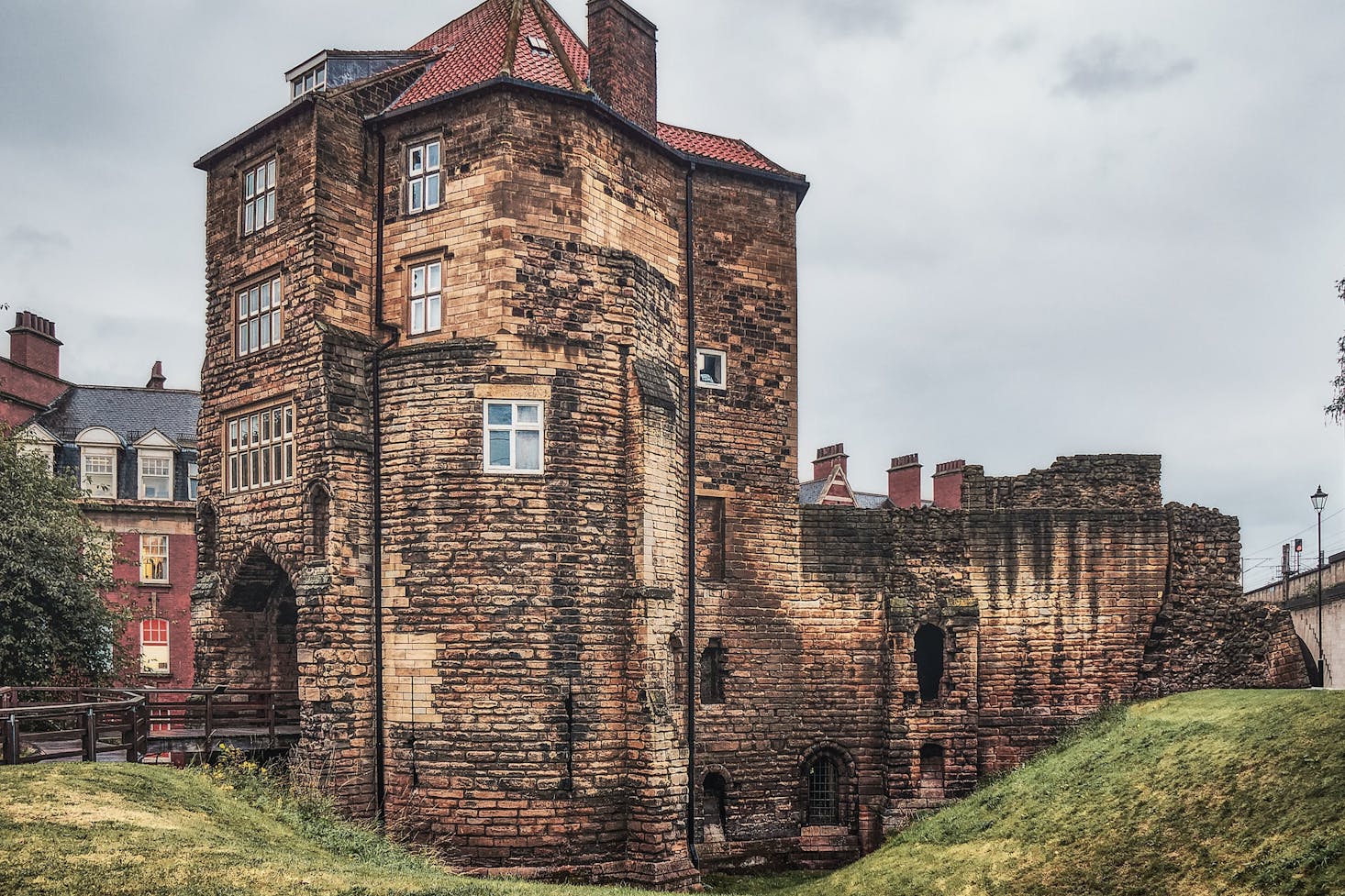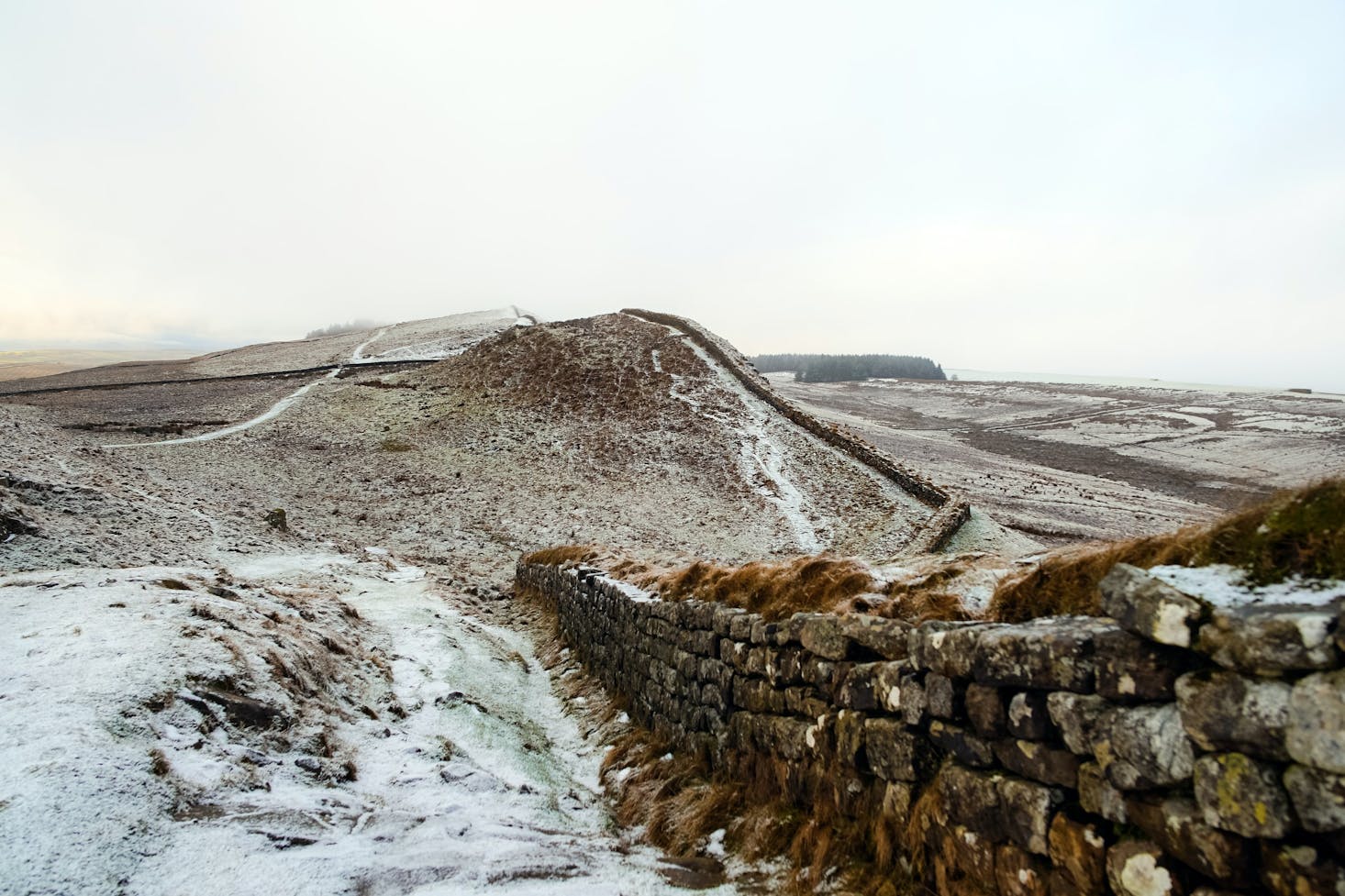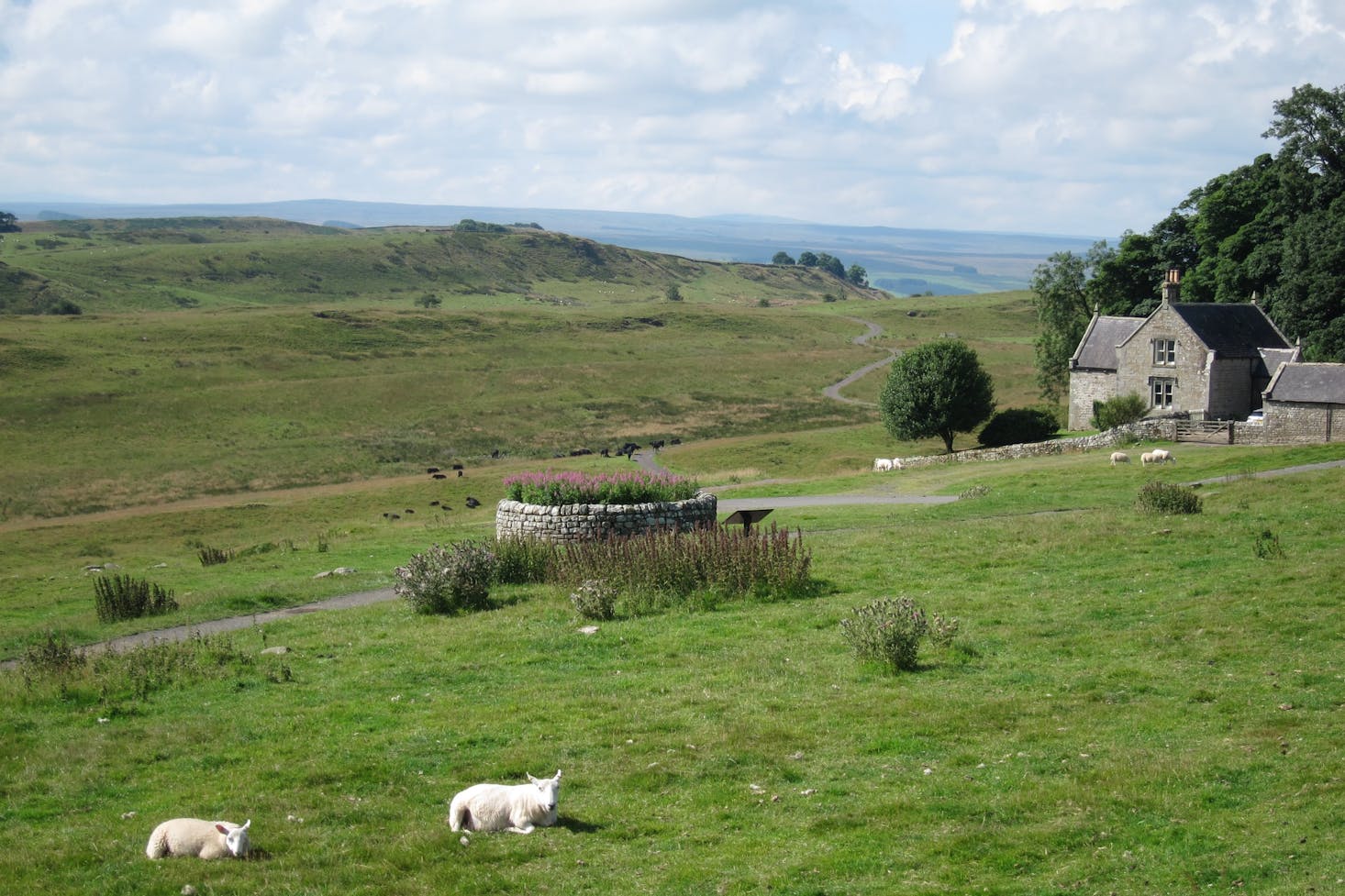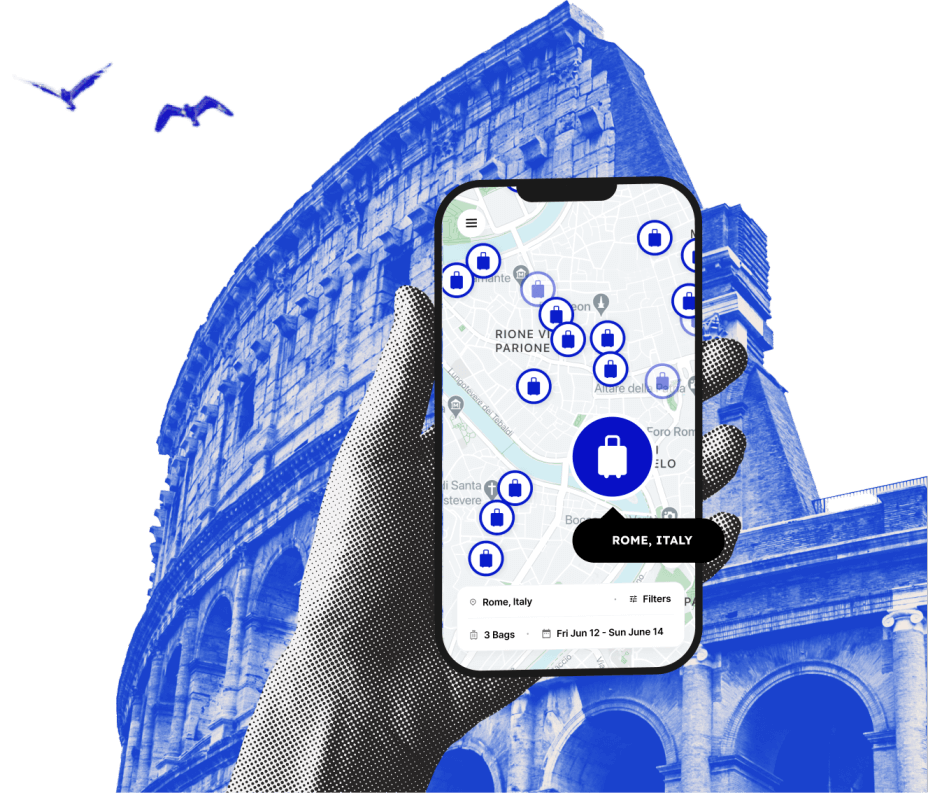The 16 Best Museums In Newcastle

Also known as Newcastle Upon Tyne, this historic city in North East England is the core of the Tyneside region. Located on the banks of the River Tyne and just a few miles from the North Sea, Newcastle Upon Tyne is a popular place for tourists as well as merchants with a plethora of history and museums.
It was developed around the Roman settlement of Pons Aelius and was named after the castle built in 1080 by Robert Curthose, the son of William the Conquerer. The city is full of museums and historic sites like Newcastle Castle as well as some of the best museums in North East England.
You may notice that some of the museums have a history trigger warning posted at the entrance. This is due to the intense images and other historic exhibitions that could trigger a memory in those who have PTSD or who have been subject to traumatic history. The history trigger warning is just a notice to protect those that may be affected by the exhibitions inside.

Love discounts and traveling?
Sign up for our newsletter and get 10% off your next booking.
Choose your interest
Some of the museums in Newcastle Upon Tyne include the Discovery Museum, Great North Museum, the Laing Art Gallery, and the Newcastle Castle as well as the National Railway Museum, Hatton Gallery, and York Castle. As you decide which museums in Newcastle to visit, keep in mind that many of them are free on certain days of the week. For a guide on what else to do in Newcastle for free, click here.
One of the best science museums in Newcastle Upon Tyne is the Life Science Centre where you can find hundreds of interactive exhibitions. This is a perfect museum to take the kids while you are in town. Although one of the best museums in Newcastle is the Discovery Museum and the Tyne & Wear Archives, there is so much more to Newcastle than that.
Whether you are interested in exhibitions or museums on art, history, science, or business, you can find it all in Newcastle in North East England. Before you head off to visit the Discovery Museum or to see Hadrian's Wall Gallery at the Great North Museum, leave your bags at a luggage storage locker in Newcastle for safekeeping.

The Tyne & Wear Archives
The Tyne & Wear Archives & Museums is a group of museums in the United Kingdom in the Tyne and Wear area of North East England. It includes 10 museums in the districts of South Tyneside, North Tyneside, Gateshead, Sunderland, and Newcastle. Each of these individual museums is important on its own but has a combined interest in sharing the history of North East England.
These include the Discovery Museum, Great North Museum, Arbeia Museum, Sunderland Museum, Stephenson Railway Museum, Shields Museum, Shipley Art Gallery, Segedunum Roman Fort, Laing Art Museum, and the Hatton Gallery Museum. From mug shots taken in the 1900s to photos of the Wallsend Football Club, you can see just about everything at the Tyne & Wear Archives Museums.
The Discovery Museum
The Discovery Museum in North East England, Newcastle is one of the best museums with exhibitions for everyone in the family. No matter your age, the Discovery Museum has something that will fascinate you. The museum shows off the proud historic sites, artifacts, documents, and photos for all to see. This gives you a better understanding of the history of Newcastle. Do not miss the fastest steam-powered ship and the interactive science maze.
Also inside the Discovery Museum, the Tyne & Wear Archives is packed full of artifacts and exhibitions about several of the most important districts in North East England. The items date back to the 1100s and feature items like business and church records, hospital items, and important manuscripts from local industries.
Great North Museum
The Great North Museum was opened in 1884 but it was known as the Hancock Museum back then. It merged with the Newcastle University Museum of Antiquities and the Shefton Museum in 2006 to become the Great North Museum. This is one of the museums where you will find a history trigger warning due to the intense nature of some of the items.
Managed by the Tyne & Wear Archives & Museums, the Great North Museum is on Great North Road by the Barras Bridge. It sits atop one of the old air-raid shelter openings to the Victoria Tunnel from WWII and has a collection dating back to the late 1700s. Some of the most famous exhibitions include natural history such as part of Hadrian's Wall Gallery, Ancient Egyptian items, and artifacts from Ancient Greece.
Hadrian's Wall
This historic structure of Hadrian's Wall is also known as the Roman Wall or Picts' Wall. The construction of this open-air museum started in 122 AD by Emperor Hadrian. It ran from the Wallsend on River Tyne to the Bowness on Solway covering the whole width of the island. Much of Hadrian's Wall still stands and there is a walking path that runs alongside it for 73 miles in North East England.
Hadrian's Wall is the largest Roman archaeological item in Britain and is a UNESCO World Heritage Site. According to legend, the wall was built to keep the barbarians from the Romans although it is not completely clear who the barbarians were. In addition, the wall was also to keep the people in to control trading and the economy. You can also see Hadrian's Wall Gallery in the Great North Museum and the Discovery Museum. Make sure you check out our guide for hiking in Newcastle, which includes Hadrian's Wall.

Arbeia Roman Fort and Museum
Another of the museums managed by the Tyne & Wear Archives is the Arbeia Roman Fort and Museum of North East England. The fort was built to guard the entrance of the River Tyne and used as a supply center. The fort received goods from those coming in from the North Sea and east coast to supply those troops along Hadrian's Wall.
Today, the building and its surrounding structures are considered to be an open-air museum boasting a collection of fine art, ancient items, important documents, and other natural history artifacts. Some of the items rotate from the Great North Museum, the Discovery Museum, and other museums managed by Newcastle Upon Tyne.
Hatton Gallery
In the Fine Art Building of Newcastle University, this gallery was started in 1925 by the King Edward School of Art. The most famous exhibit is the Man, Machine and Motion by Richard Hamilton, a collection of 176 photos that was first shown in 1955 before it traveled to other museums like the Great North Museum and the Discovery Museum.
Laing Art Gallery
Another one of the fantastic art museums from the Tyne & Wear Archives and the Great North Museum, the Laing Art Gallery opened in 1904. Inside, you can see items such as Maling Pottery, Newcastle silver, and watercolors from John Martin, William Hunt, and Sir Joshua Reynolds. In fact, the gallery is part of the Great North Museum project with more than 3,500 items dating back to the 1300s.
Shipley Art Gallery
Opened in 1917, the Shipley Art Gallery is one of the museums that hold the collections of Joseph Shipley dating back to the 1800s. The permanent gallery features over 500 paintings that represent all of the European schools from 1500 to 1800. The whole collection totals more than 10 thousand items with rotating exhibits year-round. The most famous is the Irving painting Blaydon Races from 1903.

Newcastle Castle
One of the most photographed structures in North East England, this medieval fort was constructed on the site of the Newcastle fortress. The original Castle Keep and the Black Gate are both popular spots for selfies. These structures are thought to have been built around the middle of the second century by the Romans when they built the first bridge across the River Tyne.
Beamish Museum
This open-air museum was built to preserve and ensure art heritage continue in North East England with more than 350 acres of Victorian and Edwardian architecture. Some of the buildings have been relocated but many were built on-site and have large collections of artifacts including livestock, vehicles, and villages.
York Castle Museum
Dating back to 1068 when the original castle was built by William the Conquerer, the buildings on this site include the Debtor's Prison, Female Prison, and the Raindale Mill. The most famous sites are the cell of Dick Turpin from 1730, a history of children's toys, and a Victorian parlor from the 1600s.
Stephenson Steam Railway Museum
Also known as the North Tyneside Steam Railway, the Stephenson Steam Railway Museum is dedicated to George and Robert Stephenson, who invented the first steam engines. You can see one of the earliest locomotives in the world, Billy, made in 1816. Steam Locomotive No. 1 is also housed there, built in 1951 and used to transport coal wagons.
Life Science Centre
The Life Science Centre in North East England was incorporated by the Queen in 2000 by government guidance to allow for the advancement of life sciences. The exhibitions include the Experiment Zone where visitors can try out their own experiments like DNA extraction as well as the Brain Zone where you can learn how the brain works. Teens will love this museum. Looking for the best things to do with kids in Newcastle? Check out this Bounce guide.
Newcastle Arts Centre
The centre was begun in 1981 from a group of seven buildings that were abandoned. Besides restoring and maintaining the original structures, the centre was designed to promote art and performances. Some of the productions held there include the Northern Stage, New Writing North, and the annual craft fair. It is visited by more than 82 thousand people annually.
Seven Stories: The National Centre for Children's Books in Ouseburn
Dedicated to the encouragement of British children's books, this centre is built in a Victorian Mill near Quayside. Near Newcastle Central Station, it boasts seven floors, which is where it got the name, Seven Stories. Each of the floors has its own exhibitions and they all rotate seasonally, targeting both adults and children. You can find more than 50 thousand children's books as well as workshops run by authors and illustrators.

Alnwick Castle
In Ashington, Northumberland, Alnwick Castle was constructed in 1096 for the Baron of Alnwick and to protect the River Aln. It was seized many times over the years by greats such as William the Lion, King of Scotland. Today, it is the home of the Duke and his family but part of it is open to the public during the summer. It is the second-largest inhabited castle in England right after Windsor Castle.
Newcastle Upon Tyne Museums
There are certain museums you do not want to miss in Newcastle including the Great North Museum, Hadrian's Wall, and the Newcastle Castle. However, there are small well-hidden monuments and historical sites that you also should not miss. Some of these include the Brampton Museum, Bessie Surtees House, and the Cattle Market Office Building. Opening times vary depending on the museum and you can find out more on the individual websites.

Love discounts and traveling?
Sign up for our newsletter and get 10% off your next booking.
